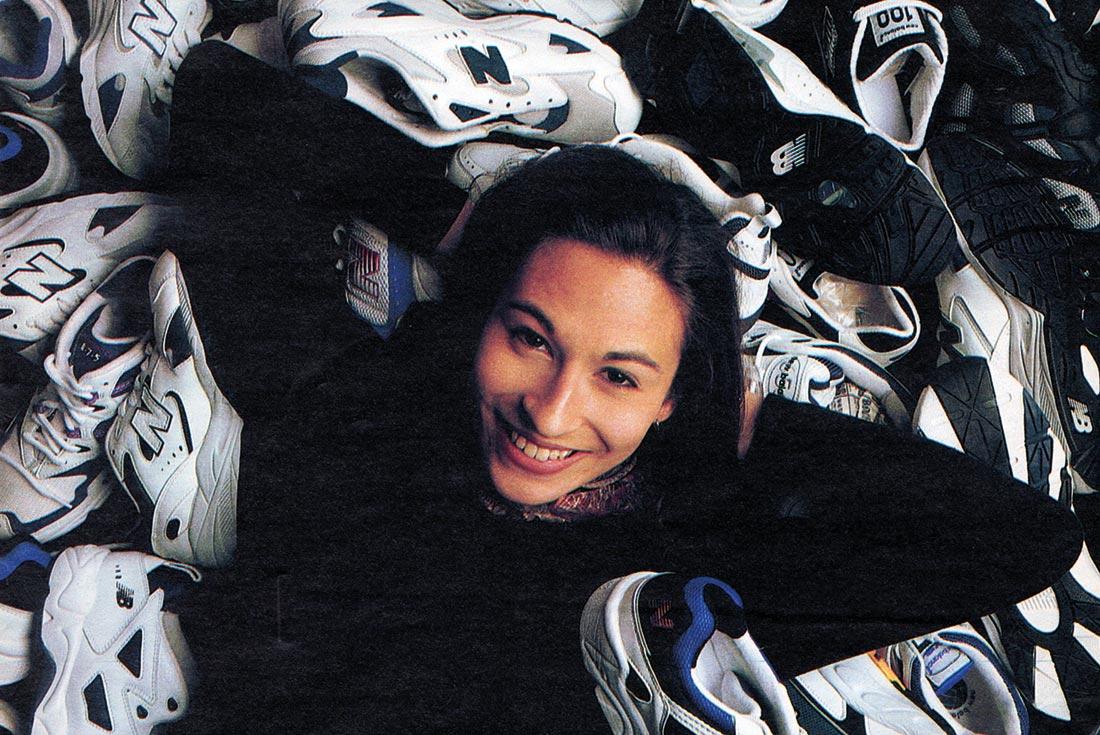Interview: Stephanie Howard and the Missing NB850 Logo
Well said! And finally, what are you doing these days?
In my consultancy I work with authentic brands and focus on innovation. A lot of that includes different ways of manufacturing materials, as well as sustainability. My consultancy is called and that name is derived from my mission to bridge the gap between what is and what could be. To explain that idea further, human values and cultural shifts drive all of our insights, meaning random products should never be designed without a how and why something should exist. So I try to define design in a way that makes it more purposeful. I’m also part of a new footwear startup. Outside of that I also have a new passion which is to solve the disconnect between food and health. That’s far from my usual work but since all design is really problem solving, it’s an area that definitely needs insight. Thanks for your time. Thanks for taking me back to 1996. I love that the New Balance 850 is returning 20 years after I designed it. The 1990s was such a fun roller-coaster ride!
